Environmental degradation, if not controlled in time, will become a major obstacle to long-term growth. In that context, affirming the viewpoint of “not trading the environment for growth” is not only a political statement, but also a strategic choice of vital importance for the country.
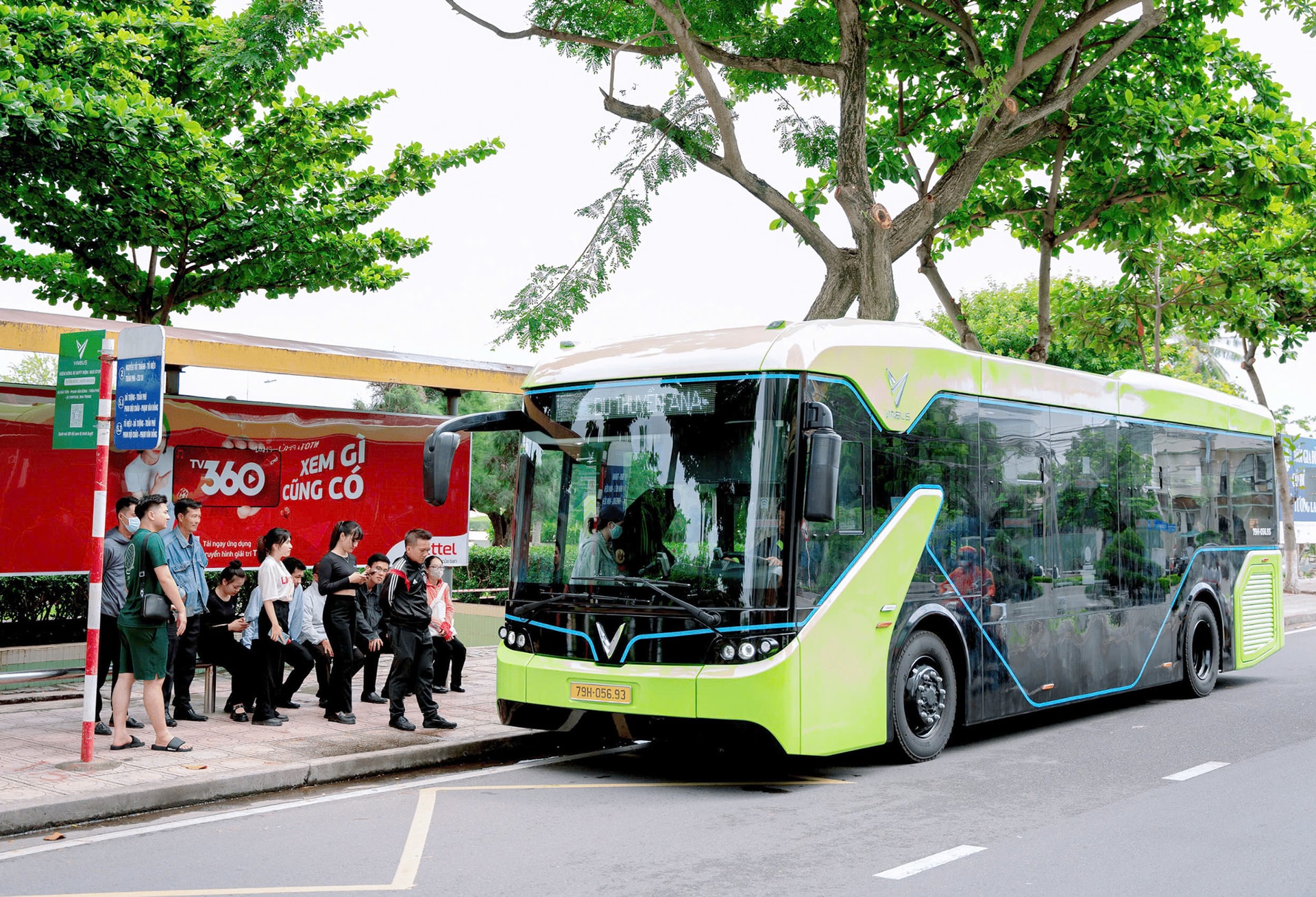
From international commitment to national policy
At the COP26 Conference, Vietnam officially committed to achieving net zero emissions by 2050 - a step demonstrating strong determination and Vietnam's responsibility to the international community in the fight against climate change.
On that basis, many major policies have been implemented: The National Strategy on Green Growth for the 2021-2030 period aims to shift the economic model towards green growth, increase resource efficiency, and reduce emissions. The Law on Environmental Protection 2020, for the first time, includes in the legal framework the carbon pricing mechanism, the emission credit market, and environmental economic instruments. The Power Plan VIII adjusts the proportion of power sources towards rapidly increasing renewable energy and reducing dependence on coal-fired thermal power in the medium and long term.
These changes show that management thinking has gradually changed - from considering the environment as a cost of development to considering it as a component of growth quality and a pillar in the new development model.
Renewable energy is the clearest evidence of the positive shift. Thanks to investment incentives (especially the FIT mechanism), Vietnam has become the leading country in Southeast Asia in solar power. Solar and wind power capacity by the end of 2021 exceeded 19,000 MW, accounting for more than 25% of the total capacity of the national power system.
At the local level, many environmental protection initiatives have been effectively implemented. Quang Ninh has gradually closed open-pit mines in residential areas and controlled emissions from thermal power plants.
In Hanoi, the promotion of electric buses, the gradual replacement of gasoline-powered motorbikes with electric vehicles, and the construction of green transport infrastructure have demonstrated the proactive engagement of urban authorities towards the goal of sustainable development. Meanwhile, circular economic models, ecological industrial parks, and cleaner production have also been gradually piloted in many provinces and cities, opening up new directions for environmentally friendly production.
However, to realize the goal of not trading the environment for growth, there are still many barriers to overcome:
Firstly, the environmental legal system, although having changed, still lacks uniformity. Green financial mechanisms such as carbon credits, green bonds, environmental risk insurance, etc. have not yet been fully legalized and effectively implemented.
Second, financial resources for green transformation are limited. According to the World Bank, to achieve the goal of net zero emissions by 2050, Vietnam needs to mobilize about 368 billion USD - equivalent to 6.8% of GDP each year. Of which, public capital accounts for only about 15%, the rest depends on the private sector and international capital.
Third, coordination and management capacity has not kept up with practical requirements. The overloaded transmission grid has prevented many solar and wind power projects from operating optimally. Administrative procedures related to environmental project approvals are still lengthy, causing investors to be apprehensive.
Energy problem under industrialization pressure
In 2024, Vietnam will import up to 44 million tons of coal, up 31% compared to 2023 - the highest level ever, mainly from Indonesia and Australia. More than 85% of this coal is used to produce electricity, especially in key industrial centers. Of which, the northern region - where Hanoi plays a role in coordinating energy policy - is the largest coal consuming region.
According to the Vietnam National Coal and Mineral Industries Group (TKV), nearly 50% of domestic coal consumption is currently imported, contrary to the commitment to carbon neutrality by 2050. The energy sector accounts for 65% of national greenhouse gas emissions (NDC Report, 2022), showing the urgency in restructuring the energy strategy.
Hanoi and neighboring localities such as Bac Ninh, Bac Giang, and Hai Phong are currently the focus of FDI attraction, especially in the electronics and supporting industries. The industrial park occupancy rate in Bac Ninh exceeds 95%, Bac Giang becomes the "new factory" in the North, while Hai Phong welcomes more than 3.5 billion USD of FDI in just the first 6 months of 2024. The speed of factory expansion has led to an average increase in electricity demand of 9-10% per year. In the first quarter of 2024, many northern localities recorded localized power shortages during peak season - a clear warning of the risk of energy "bottlenecks" in the key economic region led by Hanoi.
Although Vietnam has built more than 4,600 MW of solar and wind power, many projects are still “suspended” due to the lack of a new FIT price framework and the lack of a direct power purchase agreement (Direct PPA) mechanism. This has severely affected FDI enterprises - especially corporations in Bac Giang, Bac Ninh, and Hanoi - which are committed to using clean energy according to global ESG standards. Although the policy on direct PPA is included in the new draft decree, no projects have been implemented until mid-2024.
Vietnam faces a two-way problem: Expanding electricity capacity to maintain industrialization momentum - while being bound by international climate commitments. If there is no early institutional breakthrough - such as legalizing direct PPAs, promoting the Corporate PPA model, opening a competitive electricity market, mobilizing private finance for renewable electricity... then the risk of "energy stuck" will exist, especially in policy and industrial centers like Hanoi - where the national green growth strategy is being shaped.
Hanoi - as the national policy coordination center - needs to take the lead in reforming energy institutions, creating a transparent environment, promoting green investment and ensuring energy security for sustainable development.
Need for a more comprehensive and substantive approach
For sustainable growth to become a reality, a new development mindset is needed - one that sees the environment as a pillar, not a periphery.
First, quickly complete the legal framework for green finance. Issue the Green Finance Law, formalize the carbon credit market, encourage the development of environmental investment funds and tax incentives for businesses applying clean technology.
Second, restructure the energy sector. Accelerate investment in smart grids and energy storage systems; promote rooftop solar power in industrial parks and households; reduce new investment in coal plants.
Third, improve environmental management capacity at the grassroots level. Train environmental specialists at local government levels, promote the application of digital technology in environmental monitoring, and make information transparent.
Fourth, strengthen community monitoring, criticism and participation. Promote the role of the press, socio-political organizations and experts in criticizing environmental policies. Make environmental protection the responsibility of all people, associated with the emulation movement to build civilized urban areas and green - clean - beautiful countryside.
Vietnam has enough potential - what is needed is institutional breakthroughs and social consensus. Vietnam currently has a stable economic foundation, a young population, fast-approaching technology and a favorable international environment. If institutional bottlenecks can be removed, public-private partnerships promoted, and a transparent and effective investment environment created, Vietnam can completely become a model of green growth in the region. In that journey, the capital Hanoi - the political, economic and cultural center of the whole country - needs to continue to take the lead in implementing green urban models, modern waste management, sustainable transport infrastructure and environmental education in schools.
Sustainable economic growth is not only a global requirement but also an internal need of Vietnam. Although this journey still has many challenges, if there is consensus from institutions to society, from the government to each citizen, we can completely achieve the development goal for a green, prosperous and inclusive future.
Source: https://hanoimoi.vn/tang-truong-khong-danh-doi-moi-truong-712147.html




![[Photo] Impressive image of 31 planes taking flight in the sky of Hanoi during their first joint training](https://vstatic.vietnam.vn/vietnam/resource/IMAGE/2025/8/24/2f52b7105aa4469e9bdad9c60008c2a0)
![[Photo] Phu Quoc: Propagating IUU prevention and control to the people](https://vstatic.vietnam.vn/vietnam/resource/IMAGE/2025/8/24/f32e51cca8bf4ebc9899accf59353d90)
![[Photo] Party and State leaders meet with representatives of all walks of life](https://vstatic.vietnam.vn/vietnam/resource/IMAGE/2025/8/24/66adc175d6ec402d90093f0a6764225b)
![[Photo] The ceremonial artillery is ready to "fire" for the second parade rehearsal at My Dinh National Stadium.](https://vstatic.vietnam.vn/vietnam/resource/IMAGE/2025/8/24/883ec3bbdf6d4fba83aee5c950955c7c)
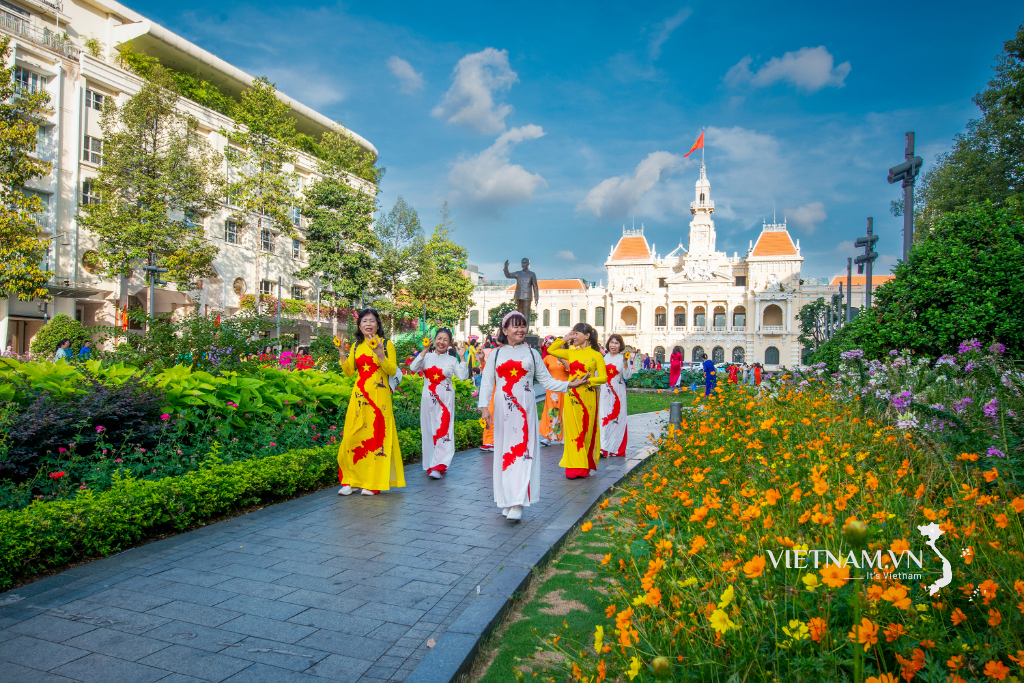
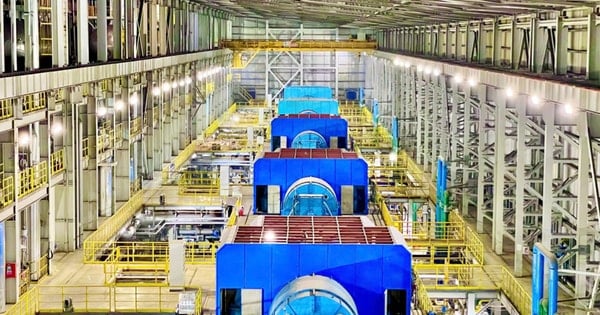
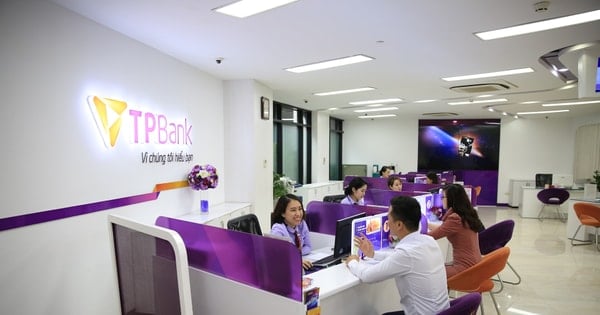
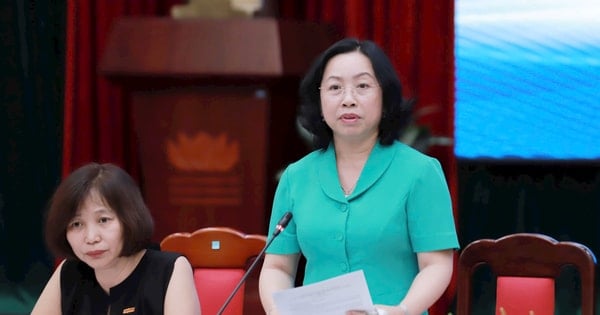
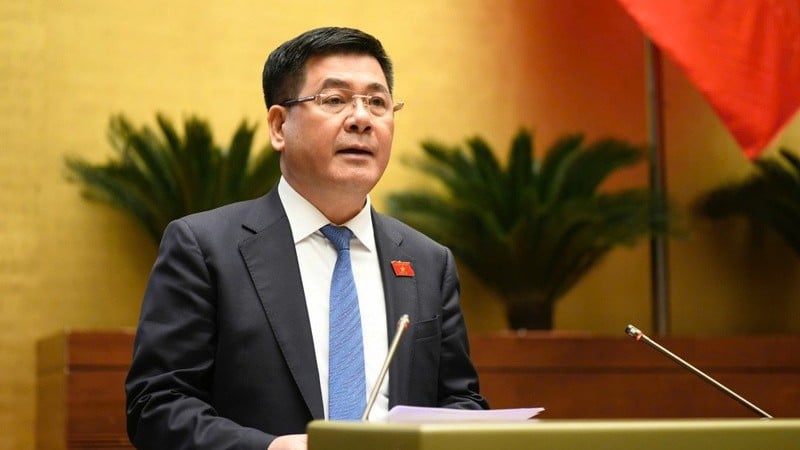


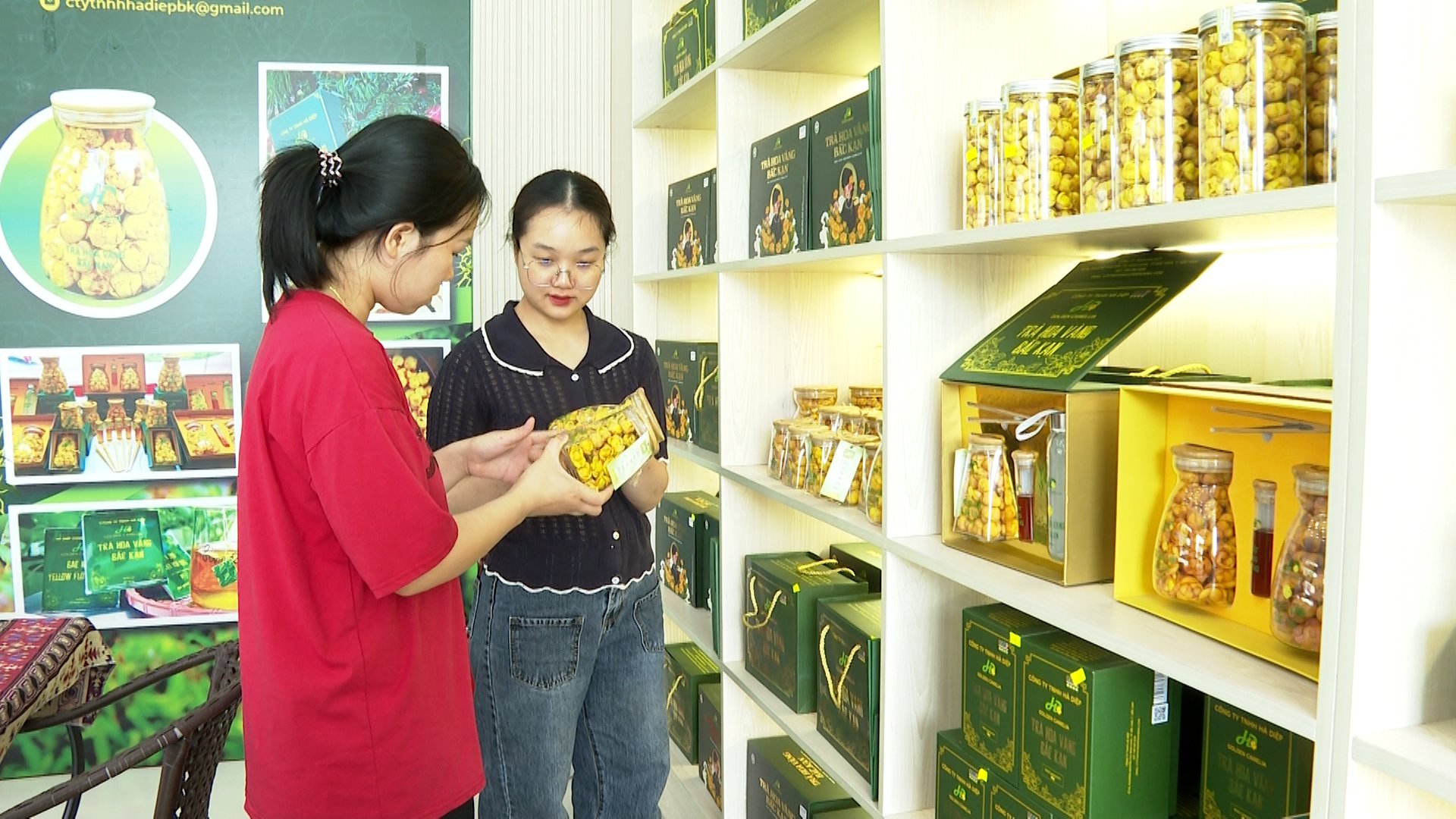


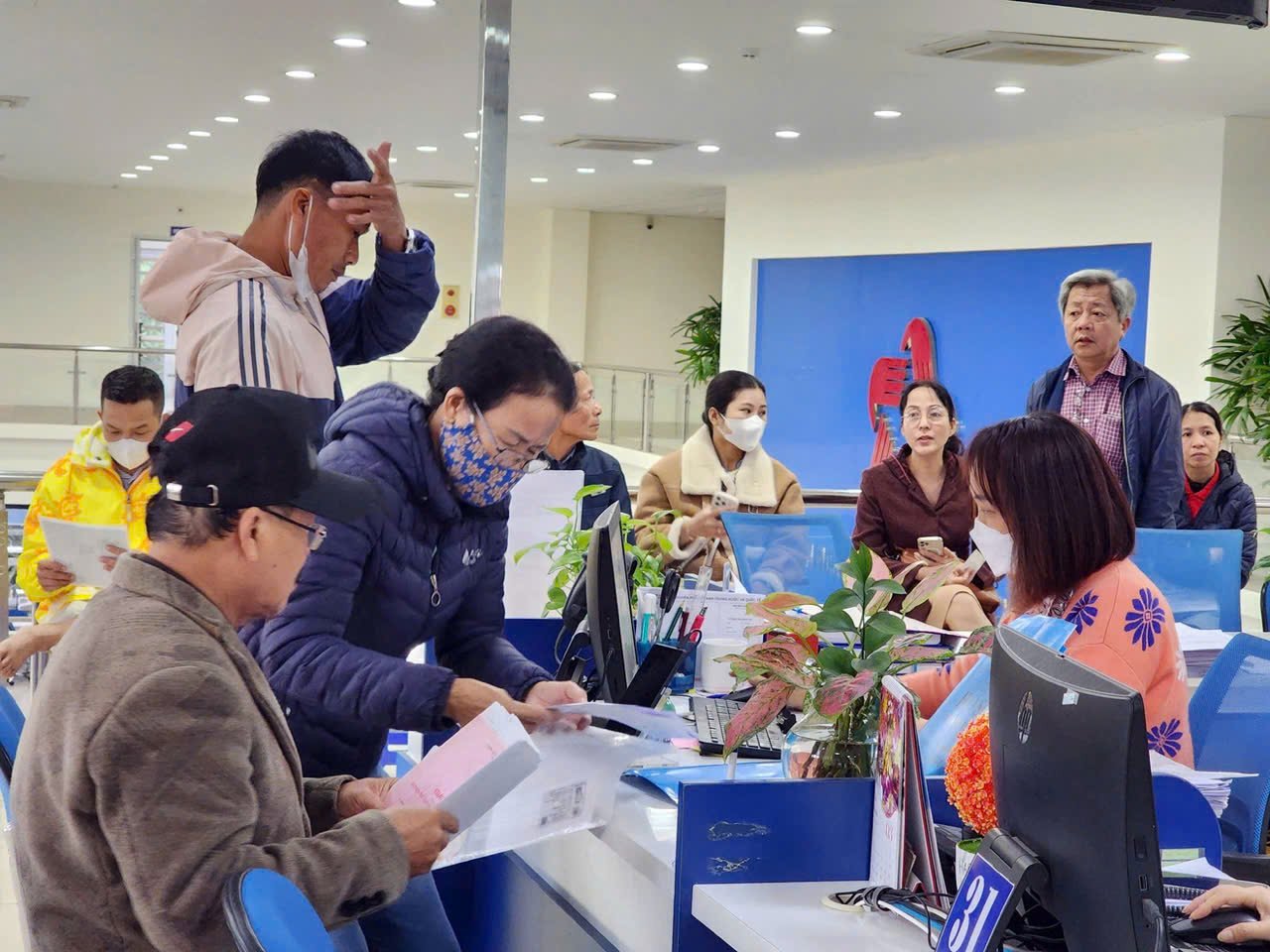



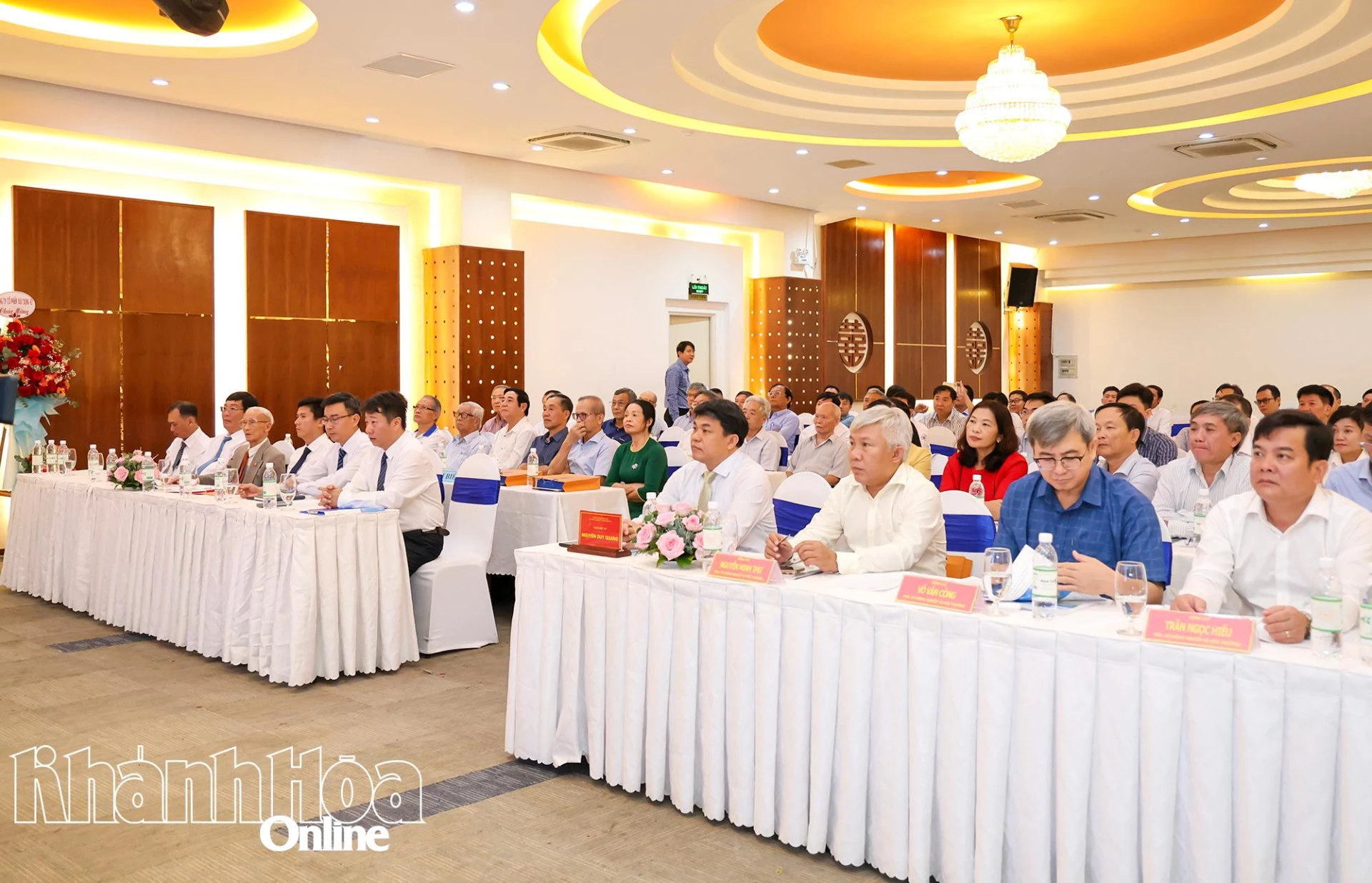

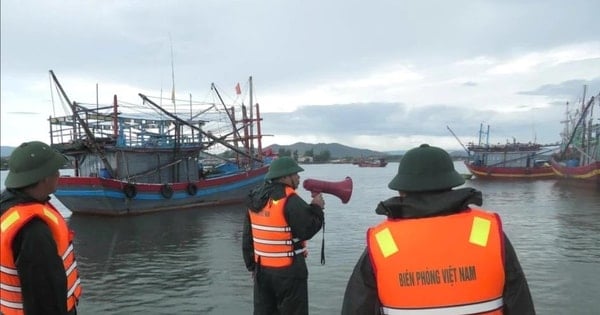




















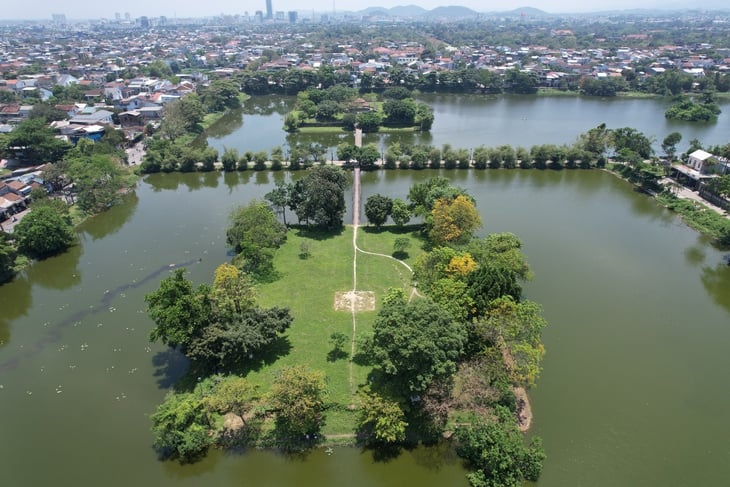




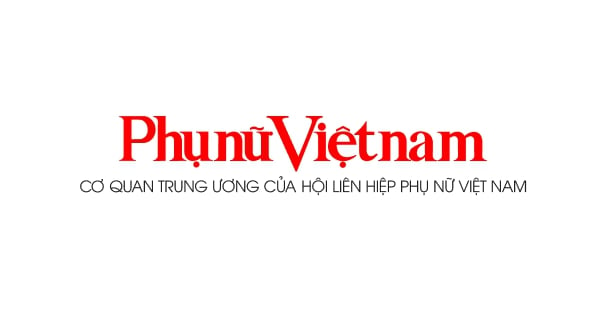
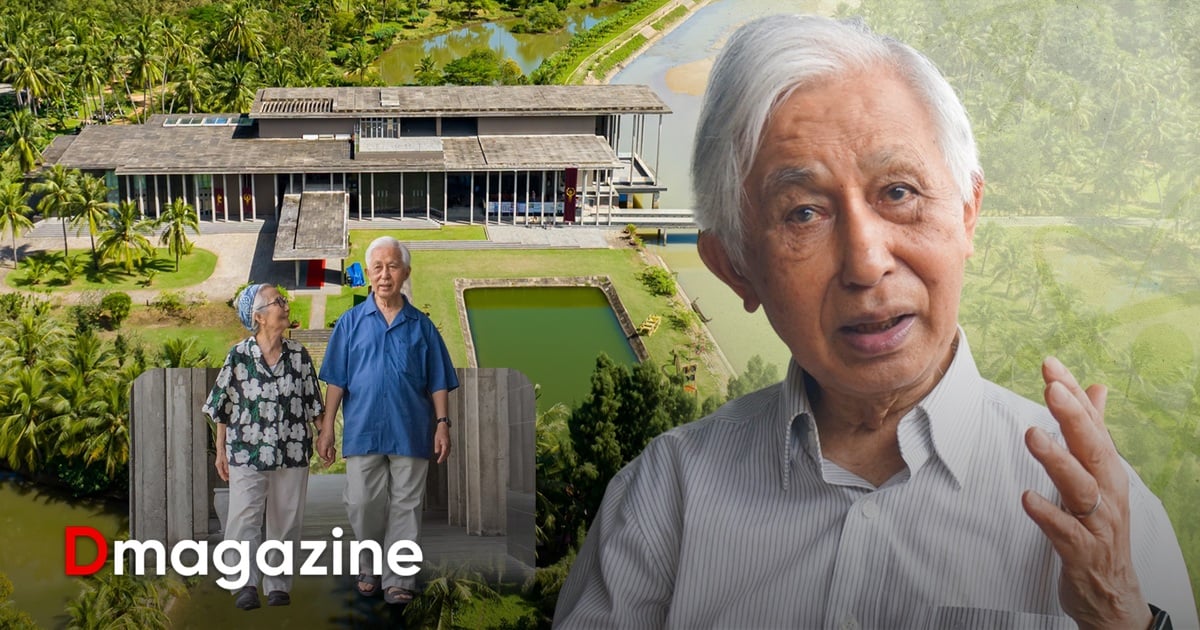



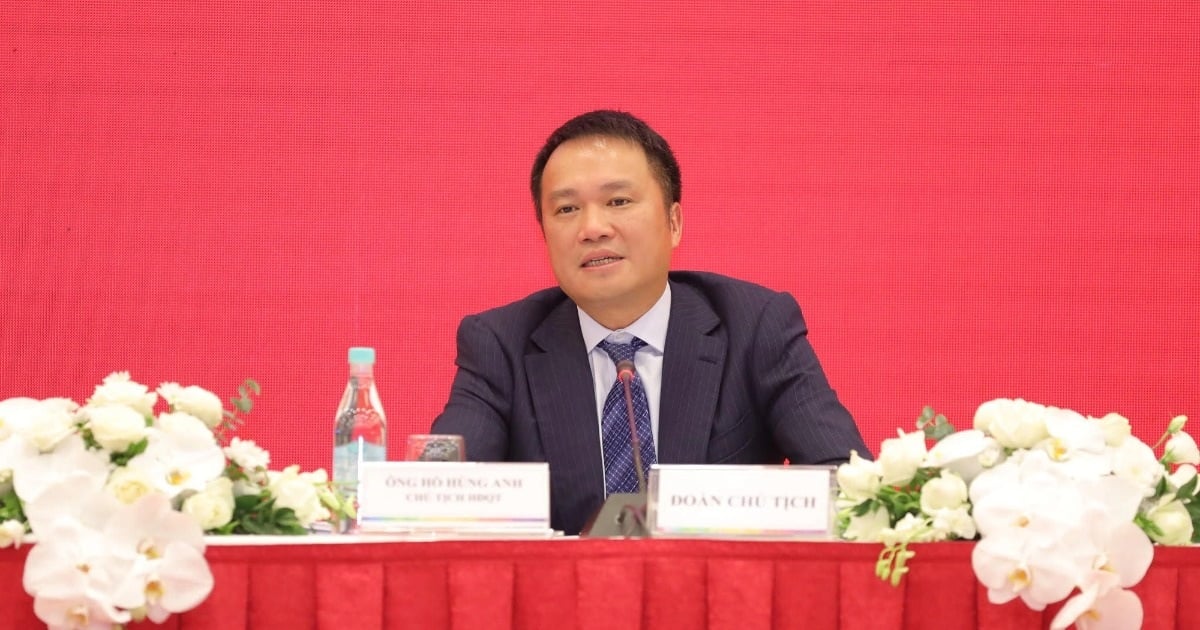












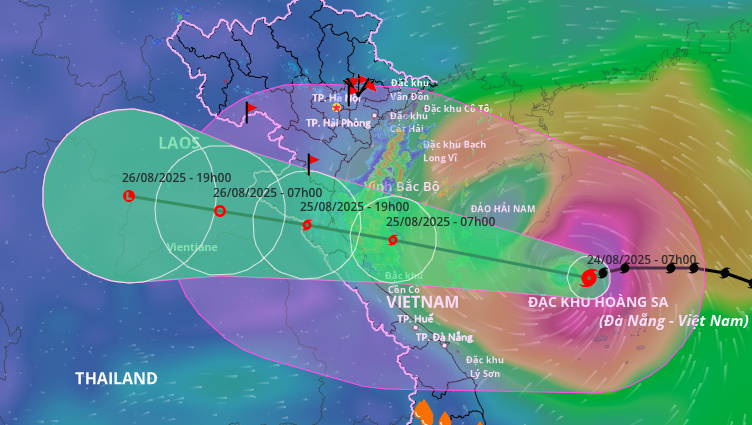


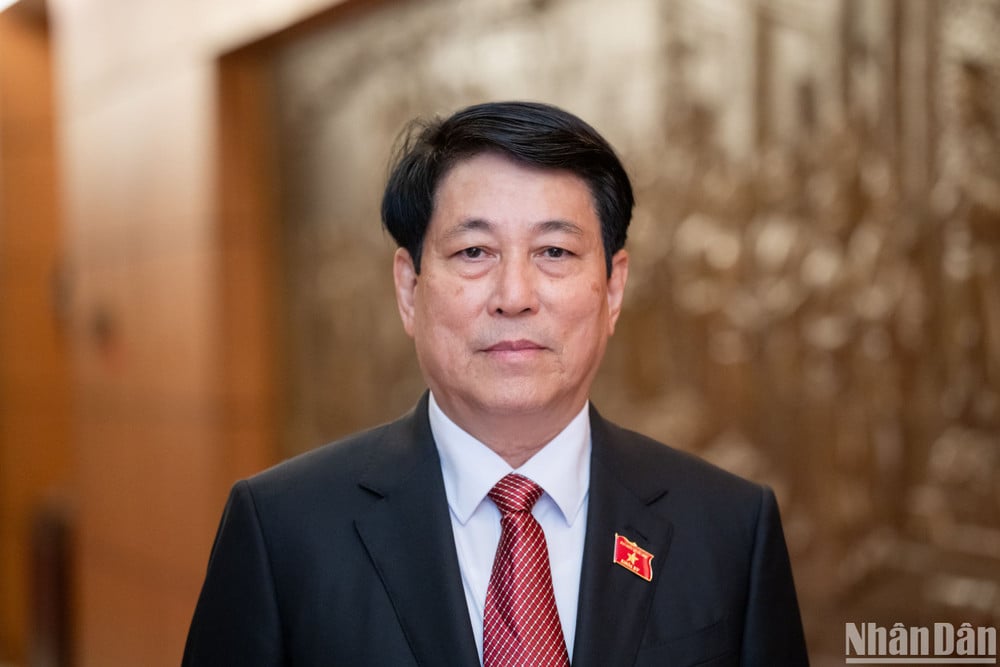














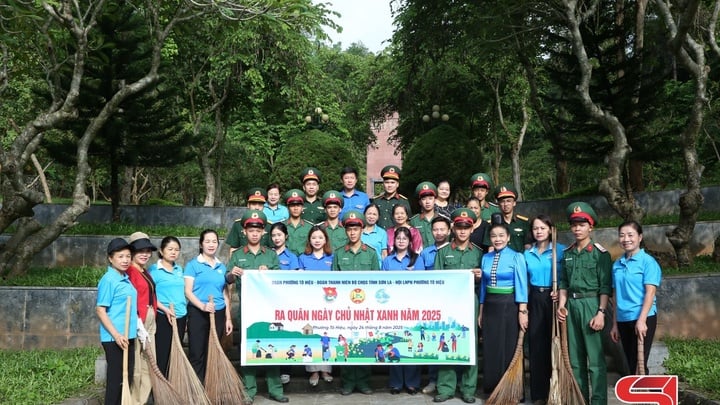
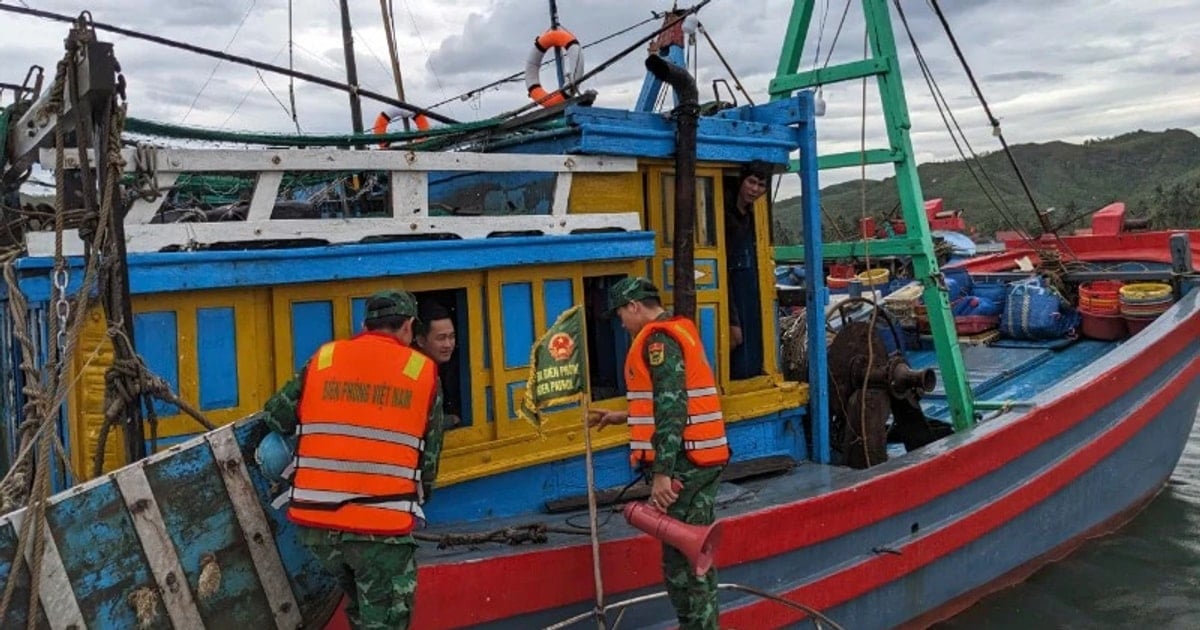

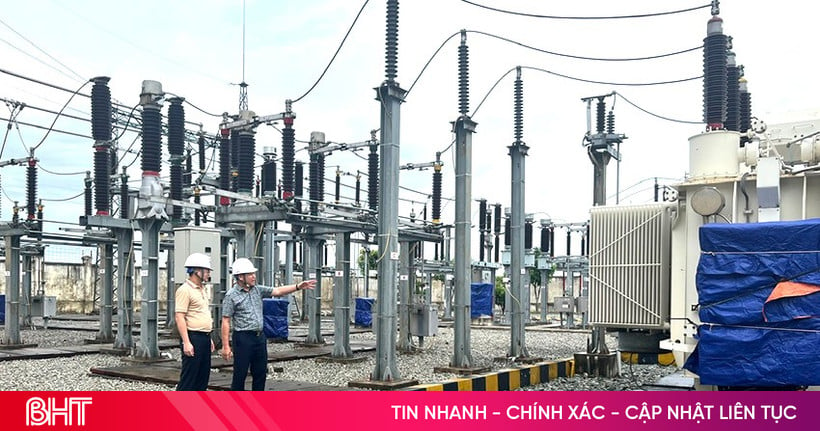

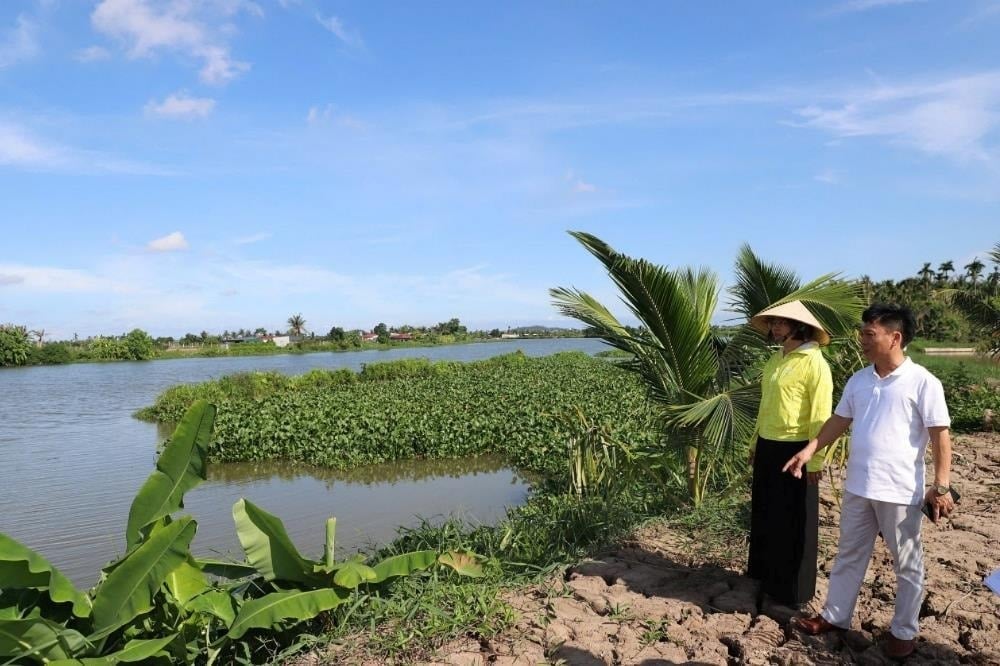



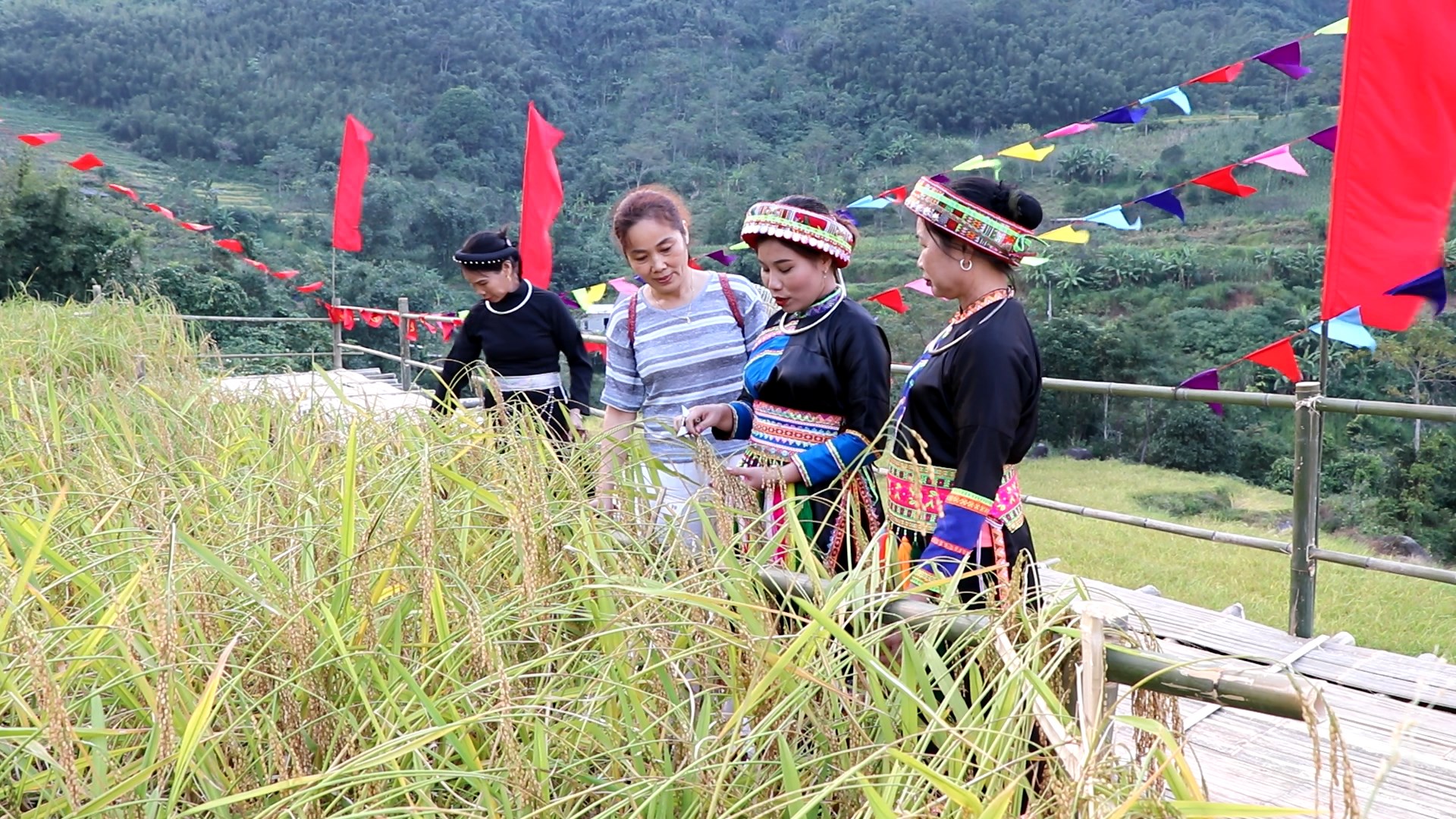
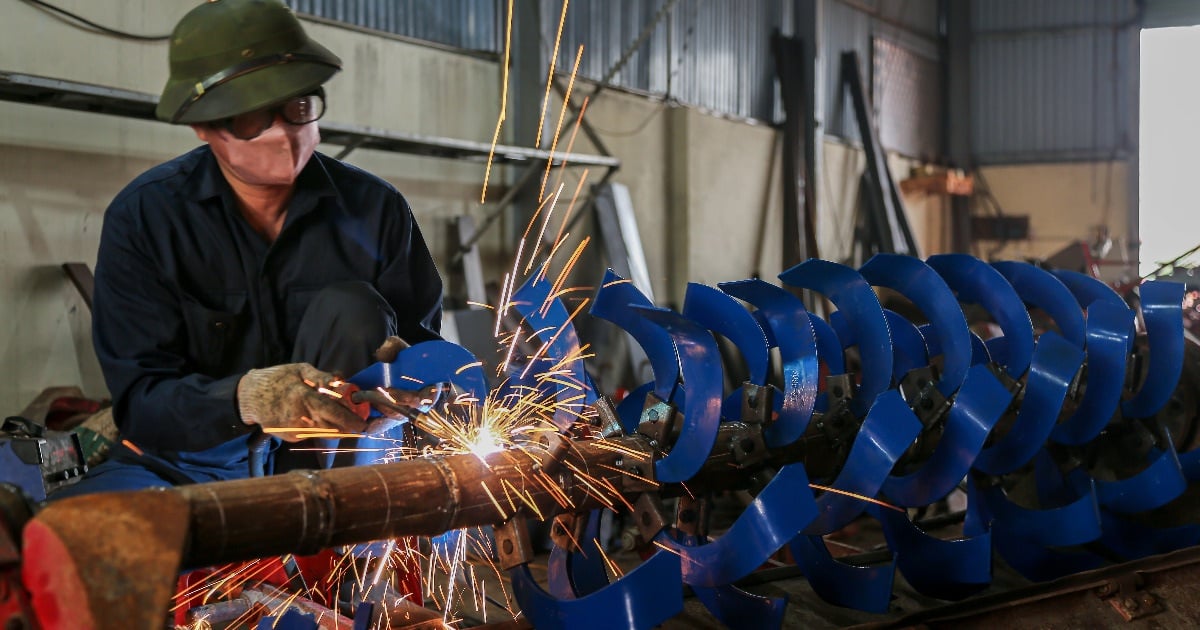


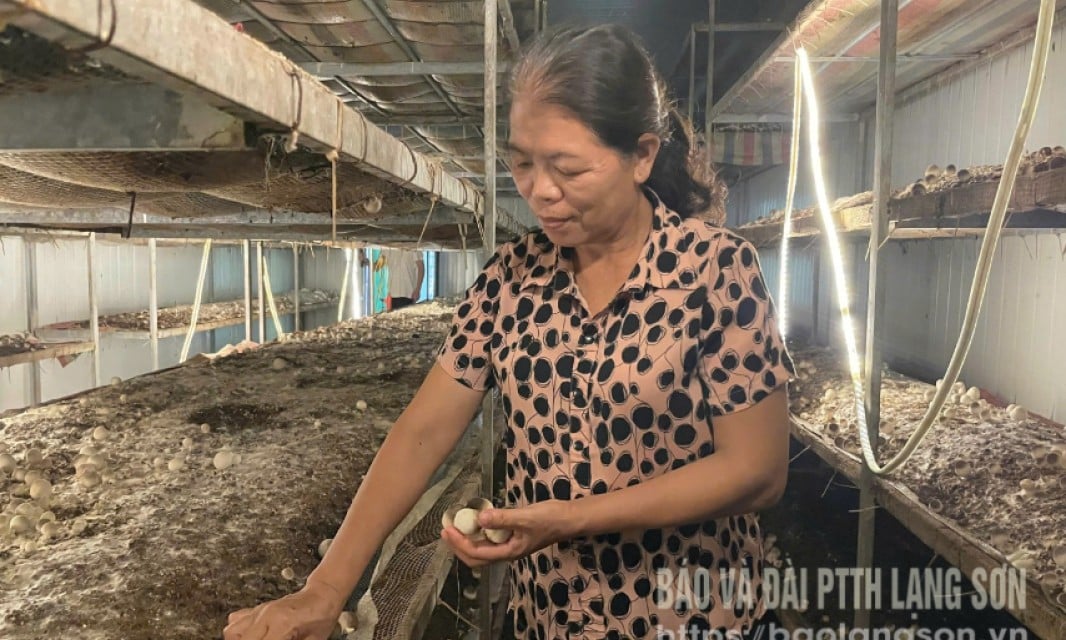

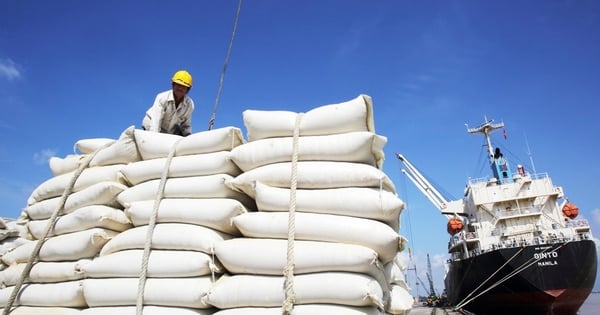
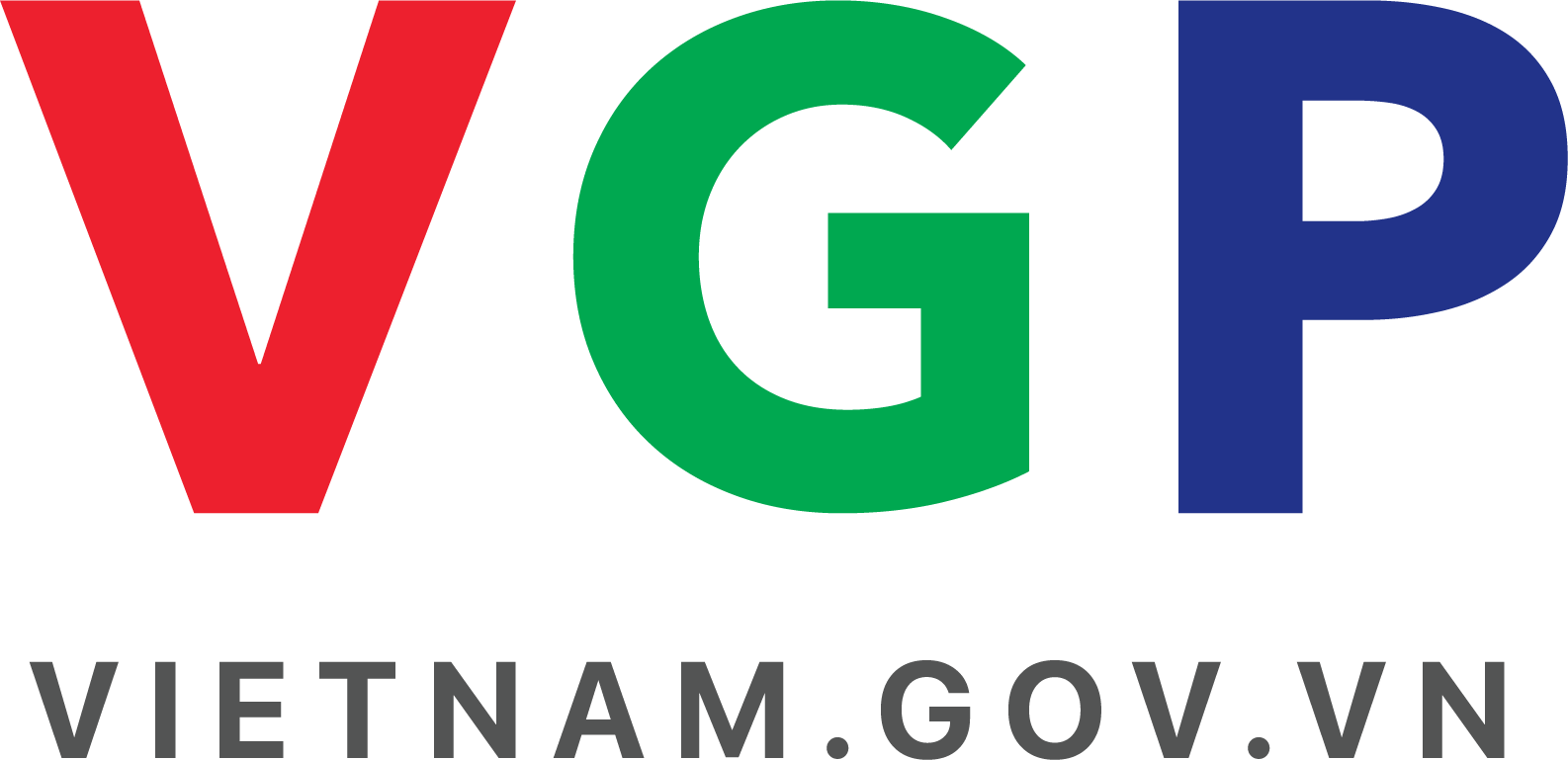





Comment (0)